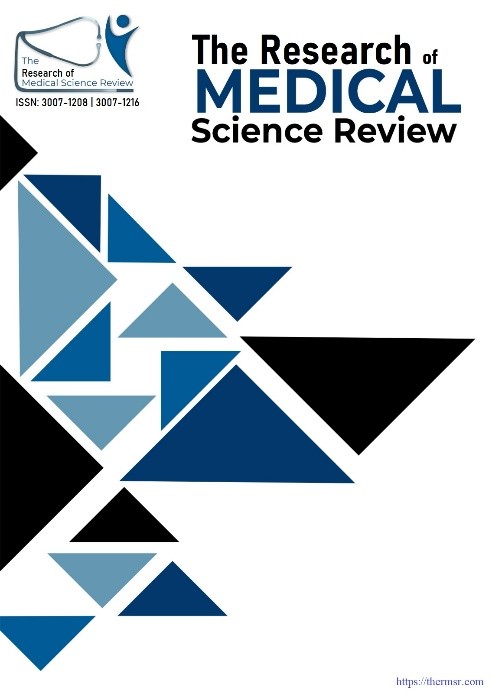ACANTHOSIS NIGRICANS AS A DERMATOLOGICAL MARKER OF INSULIN RESISTANCE AND METABOLIC SYNDROME
Main Article Content
Abstract
Acanthosis Nigricans (AN) is a common dermatological disorder of hyperpigmented, velvety plaques involving the intertriginous sites and is increasingly being recognized as a surface marker of metabolic disturbances. The growing global clinical burden, caused by insulin resistance (IR) and metabolic syndrome (MetS) especially in South Asians, mandates simple non-invasive clinical predictors. The purpose of this study was to find a relationship between AN and metabolic aberrations such as IR, MetS, focusing on the anatomic pattern, severity and predictive power. The literature review provides a framework for the physiology of AN in the context of the spectrum of endocrine and metabolic disorders, and associates it with obesity, hyperinsulinemia, and dyslipidemia in both pediatric and adult populations. Previous studies have demonstrated a close association between AN and insulin related pathways, recommending its use as a surrogate marker, particularly in limited-resource contexts. The methods we used It were a cross-sectional hospital-based case-control with 240 individuals (120 cases with a clinical diagnosis of AN, and 120 matched by age, gender, and Body Mass Index, without AN). Metabolic parameters were evaluated by anthropometric measurements, fasting blood samples, and the homeostatic model assessment for insulin resistance (HOMA-IR). SPSS v22. 0 was used for chi-square, t-tests, and logistic regression to assess the magnitude and significance of relationships. Results showed that the rates of MetS (78.3%) and IR (56.7%) were much higher in AN patients than controls. Axillary and knuckle AN were independently correlated to both IR and MetS. More advanced grades of AN, especially on the axilla, associated closely with poorer metabolic status. In pediatric patients, 86% of the cases with AN were insulin resistant. Moreover, a smartphone-based grading tool for AN (ANcam) was proven to have AUC of 0.82 according to the diagnostic power of AN, which the clinical value demonstrated. Such observations confirm AN as an inexpensive visual sign of metabolic risk.
Downloads
Article Details
Section

This work is licensed under a Creative Commons Attribution-NonCommercial-NoDerivatives 4.0 International License.
